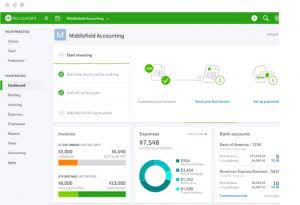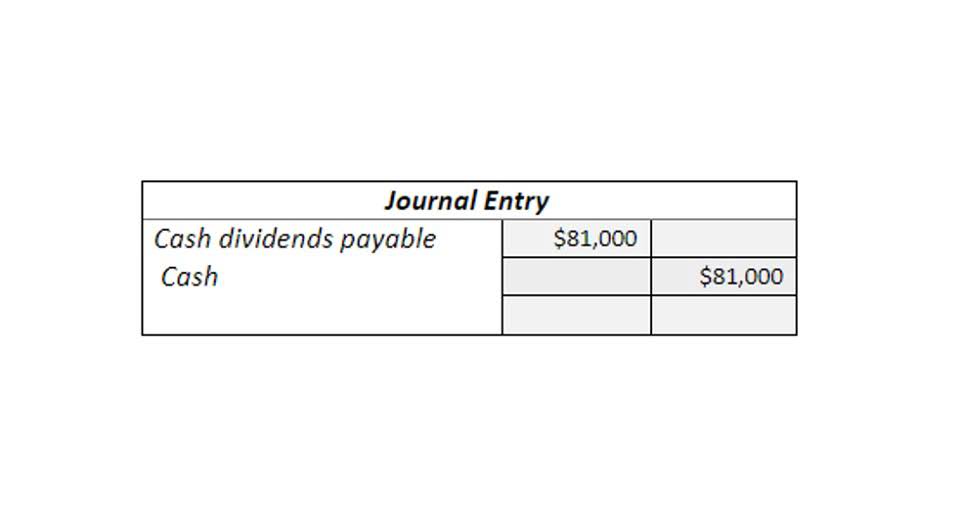
A debit entry may be used to boost one account while decreasing another. We need to understand the concept of debt is what comes in and credit is what goes out. According to the Dual Aspect Concept, all business transactions have a two-way or dual effect. This tells us that the business transaction of the particular entity has a minimum of two accounts which are recorded in the books. If the company pays its monthly rent of $2,000, a credit entry of $2,000 will be recorded in its Cash account and a $2,000 debit entry will be recorded in its Rent Expense account. Contemporary accounting practices have evolved significantly with technological advancements.
KPI: Understanding Key Performance Indicators for Business Success

Bookkeeping and accounting are ways of measuring, recording, and communicating a firm’s financial information. A business transaction is an economic event that is recorded for accounting/bookkeeping purposes. In general terms, it is a business interaction between economic entities, such as customers and businesses or vendors and businesses. In the fourth and final scenario, https://www.bookstime.com/articles/future-value-of-an-annuity-definition-and-formula the company decides to raise capital by issuing equity in exchange for cash.
Example of Double-Entry Bookkeeping

Accounting software usually produces several different types of financial and accounting reports in addition to the balance sheet, income statement, and statement of cash flows. A commonly used report, called the “trial balance,” lists every account in the general ledger that has any activity. The double-entry system requires a chart of accounts, which consists of all of the balance sheet and income statement What is bookkeeping accounts in which accountants make entries. A given company can add accounts and tailor them to more specifically reflect the company’s operations, accounting, and reporting needs.

Debits and Credits in Action
Learners are advised to conduct additional research to ensure that courses and other credentials pursued meet their personal, professional, and financial goals. A second popular mnemonic is DEA-LER, where DEA represents Dividend, Expenses, Assets for Debit increases, and Liabilities, Equity, Revenue for Credit increases. However, as can be seen from the examples of daybooks shown below, it is still necessary to check, within each daybook, that the postings from the daybook balance.
Understanding the double-entry accounting system
The double entry system is a more comprehensive way to maintain an entity’s overall accounts. When you generate a balance sheet in double-entry bookkeeping, your liabilities and equity (net worth or “capital”) must equal assets. In other words, if a company has $100 in assets and $50 in liabilities, then its equity must be $50. If a company has $100 in assets and $110 in liabilities, then its equity would be -$10. Many companies, regardless of their size or industry, use double-entry double entry accounting meaning accounting for their bookkeeping needs because it provides a more accurate depiction of their financial health. This bookkeeping method also complies with the US generally accepted accounting principles (GAAP), the official practice and rules for double-entry accounting.

